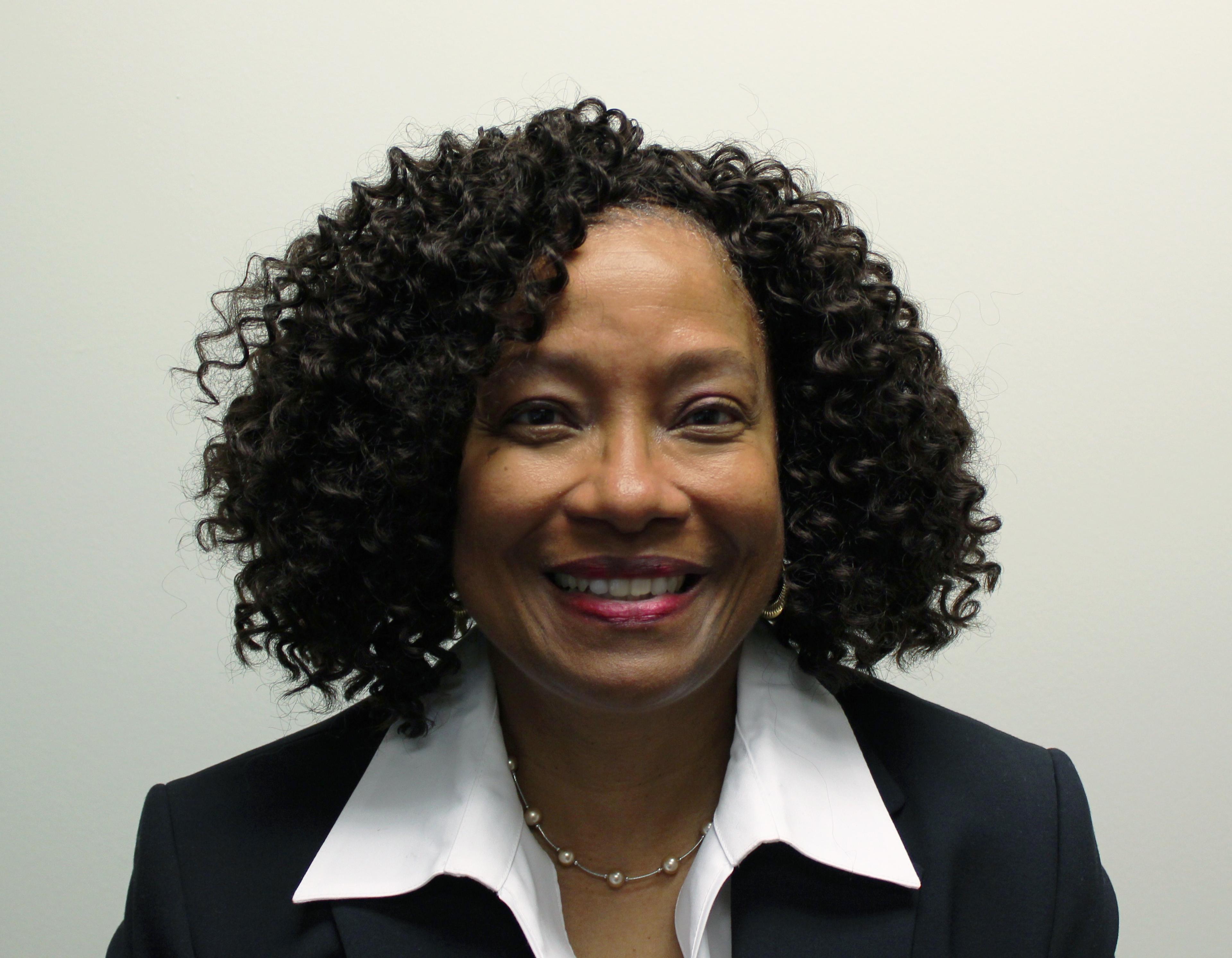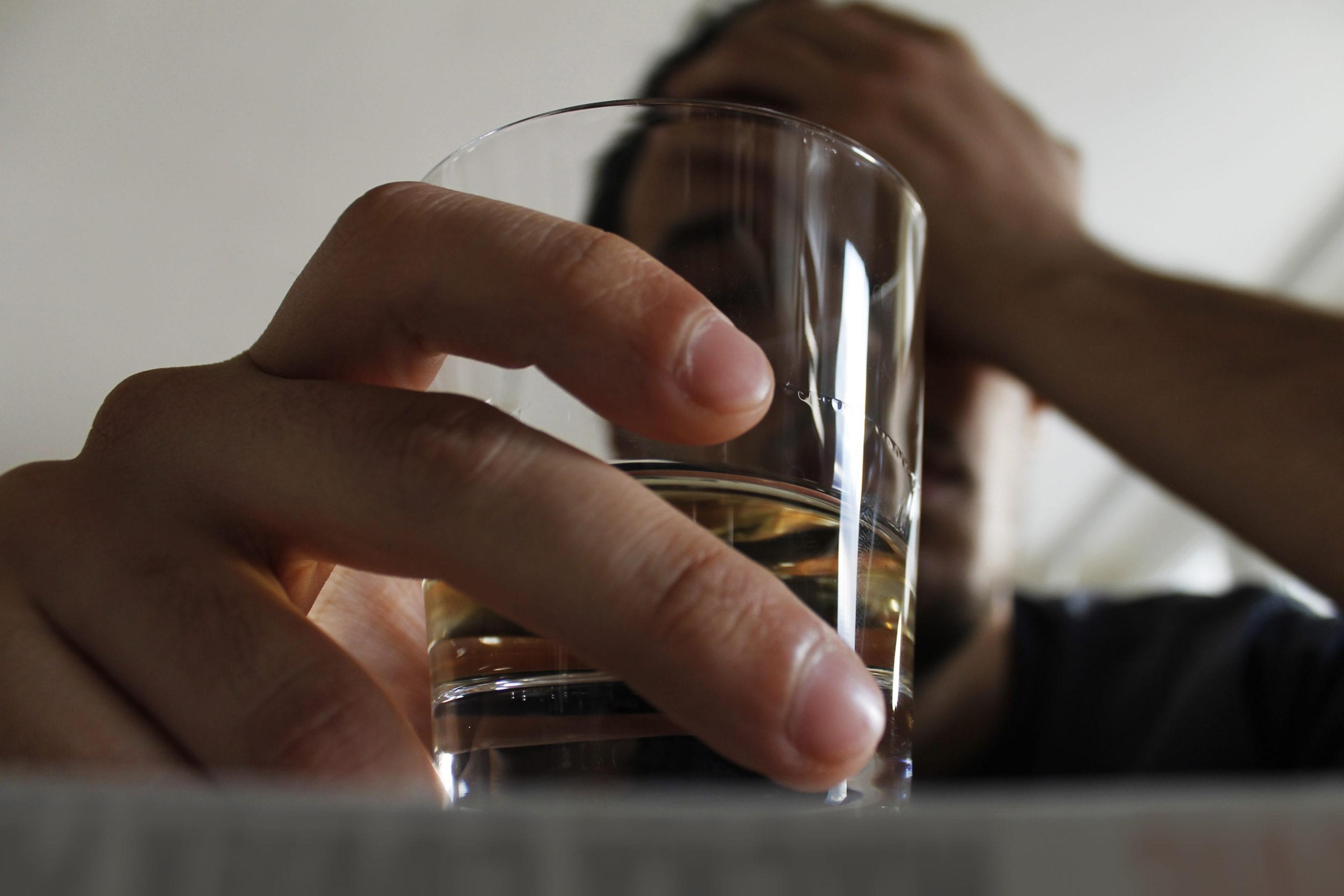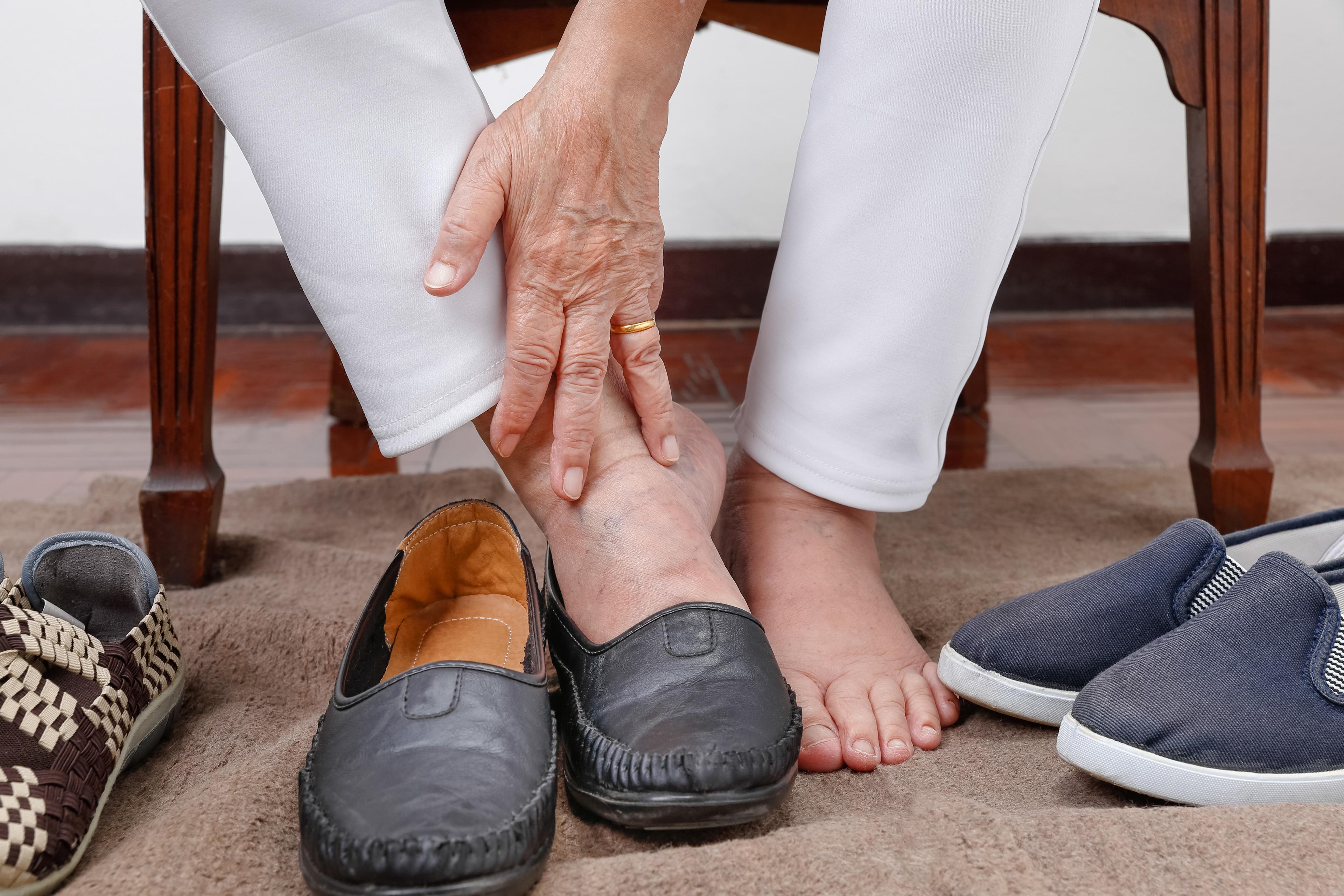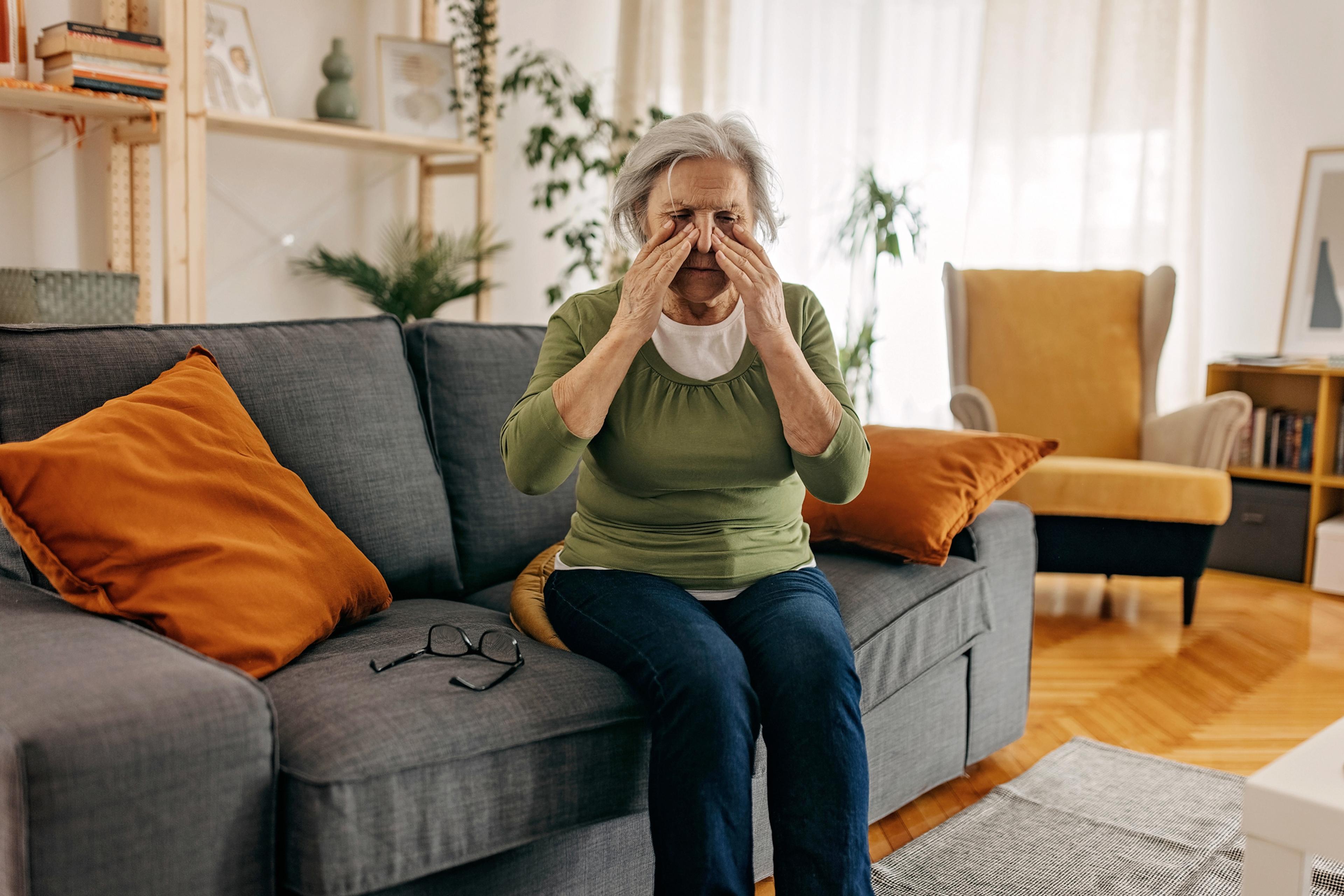The Dangers of Alcohol Poisoning

Dr. Gina Lynem-Walker
| 3 min read
Dr. Gina Lynem-Walker, MD, is a quality medical director for utilization management at Blue Cross Blue Shield of Michigan. She is an internal medicine physician with experience in utilization management, care management and disease management, and is a volunteer faculty member at Wayne State University Medical School. She is married with two children, and enjoys gardening, reading, crafts, music, community service and travel.

April is Alcohol Awareness Month, a national campaign created to educate the public on the dangers of alcohol abuse. Currently, an estimated 16 million people have alcohol use disorder (AUD) in the United States. It’s a chronic disease characterized by a preoccupation with alcohol and a compulsive drinking pattern. These behaviors can lead to alcohol poisoning, a medical emergency that kills an average of six people each day.
How Much is Too Much?
The most common cause of alcohol poisoning is binge-drinking. The National Institute of Alcohol Abuse and Alcoholism (NIAAA) defines this behavior as a drinking pattern that raises blood alcohol concentration (BAC) levels to 0.08 g/dL and above. This equates to four or more drinks for women and five or more drinks for men within a two-hour period. Critical signs of alcohol poisoning may include:
- Bluish or pale skin color
- Extreme dehydration
- Hypothermia
- Irregular pulse
- Loss of consciousness
- Mental confusion
- Seizures
- Slow or irregular breaths
- Stupor
- Vomiting
The potential for alcohol poisoning can vary by age, gender and tolerance level. More than half of all binge drinking incidents is done by adults age 35 and older, but the binge-drinking pattern is more prevalent among those between the ages of 18-34. Younger adults, specifically college students, experience more than 1,800 alcohol-related injuries each school year. Binge drinking impacts more people at higher educational levels and is twice as common among men than women.
Alcohol and Opioid Abuse
More than 22 percent of prescription opioid deaths involve alcohol use. Alcohol mixed with a controlled substance is a potentially fatal combination. Yet, individuals often consume drinks with sedatives like benzodiazepines, muscle relaxers or opioids to amplify their effect. Unfortunately, this heightens the risk of a potentially fatal overdose. Opioid and alcohol abuse pose a serious threat to the central nervous system. Due to their depressive nature, they can deprive the brain of adequate oxygen inducing a coma and causing long-term damage.
In Case of Emergency
Alcohol poisoning is not a mild condition and should be treated by a professional. If someone is experiencing symptoms, call 911 immediately. While awaiting medical attention, do the following:
- Get a blanket to keep them warm
- If possible, have them slowly sip water
- Monitor the person’s breathing
- If breathing stops, perform CPR
- Keep the person sitting upright
- If unconscious, turn them on their side in case they vomit to prevent choking
Long-term Treatment
Anyone seeking help for alcohol dependency should start with their primary care physician. They will provide a professional diagnosis as well as a treatment plan based on individual needs. Depending on the severity of symptoms, a physician may recommend a combination of therapy and medication. During this process, it’s important to be open and honest about any unhealthy behaviors. Recovery requires self-awareness, accountability and most importantly, a desire to change. If you found this post helpful, you might also want to read:
- Alcohol Abuse in the Workplace
- Working Together to Improve Addiction Treatment
- Opioids and Alcohol: How to Prevent Accidental Overdose
Photo credit: ZzzVuk About the author: Dr. Gina Lynem-Walker is a physician consultant at Blue Cross Blue Shield of Michigan.





